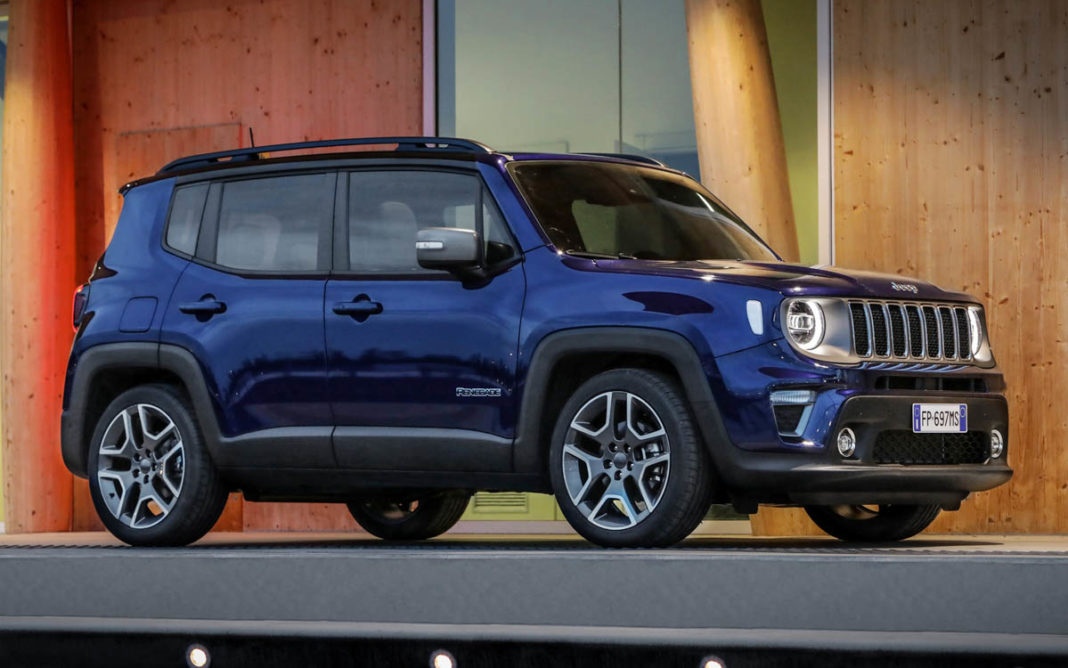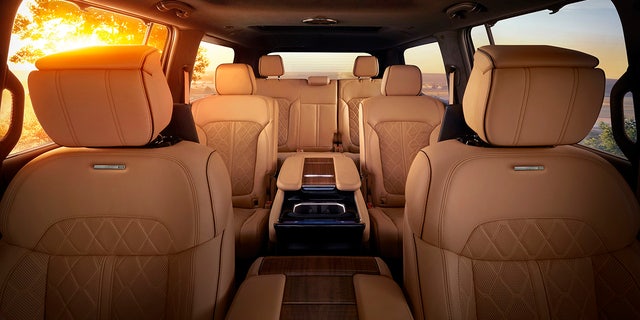

The resulting Ford "Pygmy" and Willys "Quad" prototypes looked very similar to the Bantam BRC prototype, and Spicer supplied very similar four-wheel drivetrain components to all three manufacturers.įifteen hundred of each of the three models (Bantam BRC-40, Ford GP, and Willys MA) were built and extensively field-tested.

The Army felt that the Bantam company was too small to supply the number of vehicles it needed, so it supplied the Bantam design to Willys and Ford, who were encouraged to make their own changes and modifications. The vehicle met all the Army's criteria except engine torque.Īs World War II had already begun in Asia, with Japan expanding in China, Manchuria and Southeast Asia, the Imperial Japanese Army was using a small four-wheel-drive car for reconnaissance and troop movements, having introduced the Kurogane Type 95 in 1936. The hand-built prototype was completed in Butler, Pennsylvania, and driven to Camp Holabird, Maryland, for Army testing September 21. While much of the vehicle could be assembled from off-the-shelf automotive parts, custom four-wheel drivetrain components were to be supplied by Spicer. Bantam's bid was submitted, complete with blueprints, on July 22.
#JEEP MODELS FULL#
Probst laid out full plans for the Bantam prototype, known as the BRC or Bantam Reconnaissance Car, in just two days, working up a cost estimate the next. After turning down Bantam's initial request, Probst responded to an Army request and commenced work, initially without salary, on July 17, 1940. The bankrupt American Bantam Car Company had no engineering staff left on the payroll and solicited Karl Probst, a talented freelance designer from Detroit. Willys asked for more time, but was refused. The Army had set what seemed like an impossible deadline of 49 days to supply a working prototype.

Only two companies responded to the request: American Bantam Car Company and Willys-Overland. Army contacted 135 companies asking for working prototypes of a four-wheel-drive reconnaissance car. When it became obvious that the United States was eventually going to become involved in the war raging in Europe, the U.S. Browning machine gun Bantam Reconnaissance Car Many Jeep variants serving similar military and civilian roles have since been designed in other nations. It inspired a number of other light utility vehicles, such as the Land Rover. The first civilian models were produced in 1945. The spartan, cramped, and unstintingly functional jeep became the ubiquitous World War II four-wheeled personification of Yankee ingenuity and cocky, can-do determination. The term became common worldwide in the wake of the war. The Jeep became the primary light 4-wheel-drive vehicle of the United States Army and the Allies during World War II, as well as the postwar period. Willys MB Jeeps went into production in 1941 specifically for the military, arguably making them the oldest four-wheel drive mass-production vehicles now known as SUVs. The original Jeep was the prototype Bantam BRC. Jeep's current product range consists solely of sport utility vehicles and off-road vehicles, but has also included pickup trucks in the past.

The division is headquartered in Toledo, Ohio. The former Chrysler Corporation acquired the Jeep brand, along with the remaining assets of its owner American Motors, in 1987. Jeep is a brand of American automobiles that is a division of FCA US LLC (formerly Chrysler Group, LLC), a wholly owned subsidiary of Fiat Chrysler Automobiles.


 0 kommentar(er)
0 kommentar(er)
